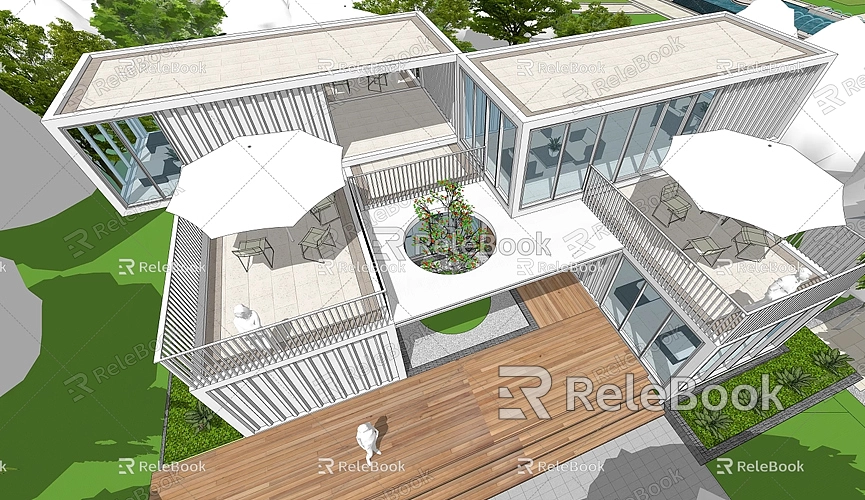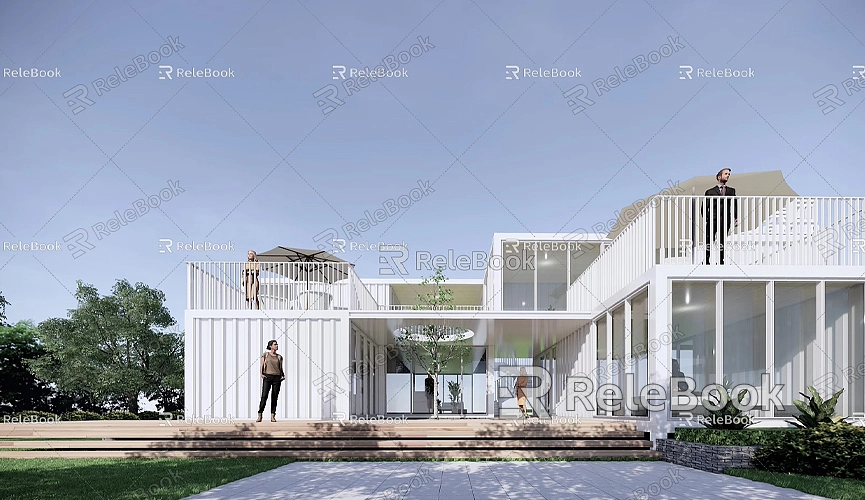How to get models from google maps sketchup
In modern architecture and urban planning, SketchUp has become an increasingly popular 3D modeling tool among designers and planners due to its user-friendly interface and comprehensive features. Integrating geographic information and models from Google Maps adds a real-world context to designs, making them more practical and accurate.
The Perfect Integration of Google Maps and SketchUp
Google Maps provides detailed geographic data and visual information that users can leverage to create more realistic and precise 3D models within SketchUp. Thanks to SketchUp’s integration with Google Earth, users can directly import 3D building and terrain data for specific locations. This integration not only enhances design efficiency but also allows the final presentation to be more vivid and lifelike.

Using Google Maps in SketchUp enables users to quickly visualize models of buildings and surrounding environments for specific locations. This feature is especially useful in urban planning and architectural design, allowing designers to ensure that their work harmonizes with the surrounding area. With this resource, designers can conduct better site analyses and design studies, ensuring both feasibility and aesthetics.
Importing Map Data Using the “Geo-Location” Tool
To begin, users should activate the “Geo-Location” feature in SketchUp. This tool allows users to easily access geographic data from Google Maps. Start a new model in SketchUp, select “File,” then locate “Geo-Location” and choose “Add Location.” In the pop-up dialog, you can enter the name or specific address of the desired location, and SketchUp will display it on the map.
Once the area is selected, users can import this geographic data into their model, with SketchUp automatically downloading and integrating it. The speed and efficiency of this process save designers a great deal of time and effort.
Editing and Optimizing Imported Geographic Data
After importing geographic data, users can view relevant building models and surrounding environments. Using SketchUp’s various editing tools, users can adjust these models further by moving, scaling, and rotating them to modify position and scale precisely. Designers can also remove unnecessary models or rearrange different elements as needed.
Additionally, SketchUp’s layer function is highly useful, allowing users to organize different architectural and environmental elements into groups. This function not only facilitates future adjustments but also makes the overall design more organized and clear.

Acquiring Detailed Building Information
In many cases, the imported building models may not be sufficiently detailed. To improve model accuracy, designers can use Google Earth to gather more detailed information about buildings. Google Earth enables users to examine building facades, structures, and surrounding details—valuable information for refining and modifying models in SketchUp.
Zooming in on specific buildings in Google Earth allows designers to observe structural details and materials. This not only aids in precise modeling within SketchUp but also provides a wealth of references for rendering and creating visuals.
Enhancing Efficiency with Third-Party Plugins
Beyond SketchUp’s built-in “Geo-Location” feature, many third-party plugins can help users extract more complex geographic data from Google Maps. These plugins often offer powerful features that enable users to access more detailed architectural models. With these plugins, users can quickly obtain various information, including building details, textures, and environmental models.
When choosing a plugin, it’s essential to ensure compatibility with the current version of SketchUp. Additionally, users should carefully review the plugin’s instructions and user feedback to ensure a smooth workflow.
Respecting Copyright and Usage Guidelines
When using data and models from Google Maps, it’s important to consider copyright issues. Data from Google Maps may be copyrighted, so for commercial use, users should be aware of the relevant terms and policies. Respecting copyright and intellectual property rights is essential, and in some cases, obtaining permission from the relevant parties may be necessary.
Tips for Enhancing Model Quality
To improve the overall quality of SketchUp models, using high-quality 3D textures and HDRI is a good choice. These resources not only enhance the visual appeal of models but also make the final renderings more realistic. If your model or virtual scene creation requires high-quality 3D textures and HDRI, you can download them for free from [https://textures.relebook.com](https://textures.relebook.com). For exquisite 3D models, [https://3dmodels.relebook.com](https://3dmodels.relebook.com) offers a wealth of premium 3D resources to help users achieve higher-quality designs.
By obtaining SketchUp models from Google Maps, designers can not only boost productivity but also ensure accuracy and visual appeal in their designs. Throughout this process, fully utilizing SketchUp’s “Geo-Location” tool in combination with detailed data from Google Earth greatly enriches the content and details of the model.
Whether for architectural design or urban planning, mastering this skill will add significant value to your design work. We hope that the tips and advice provided here will help you tackle future projects with greater ease and create more attractive results.

